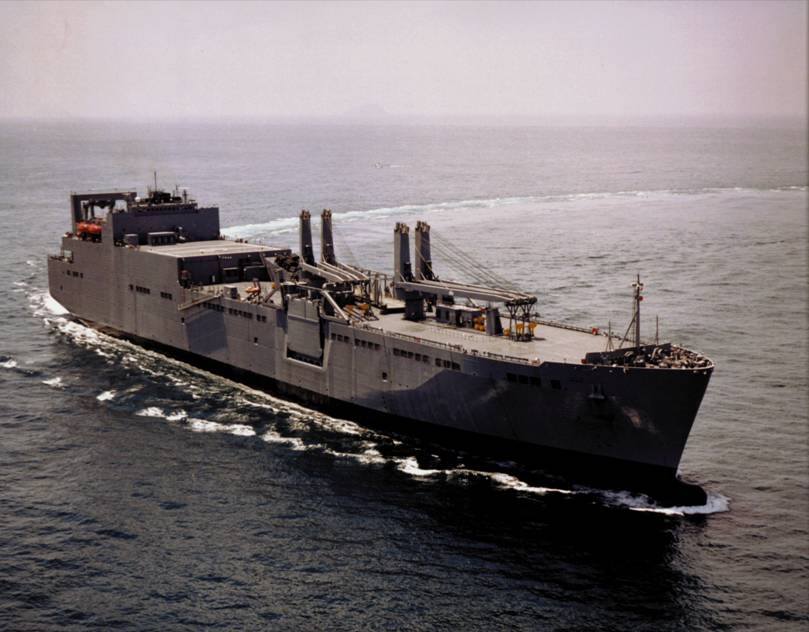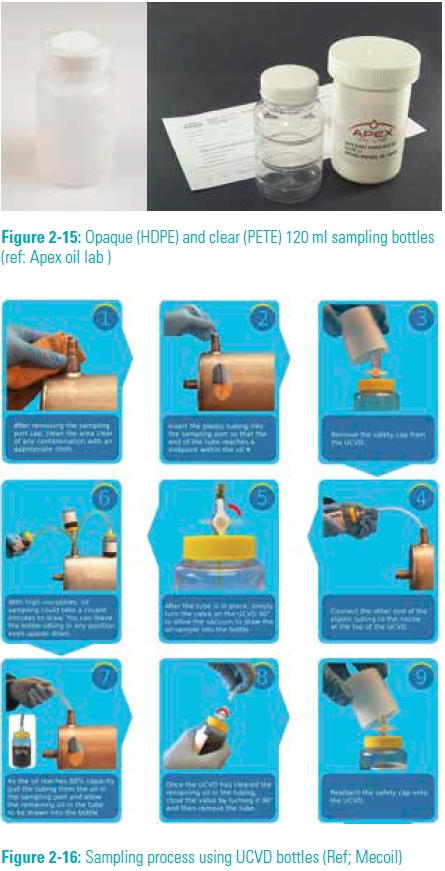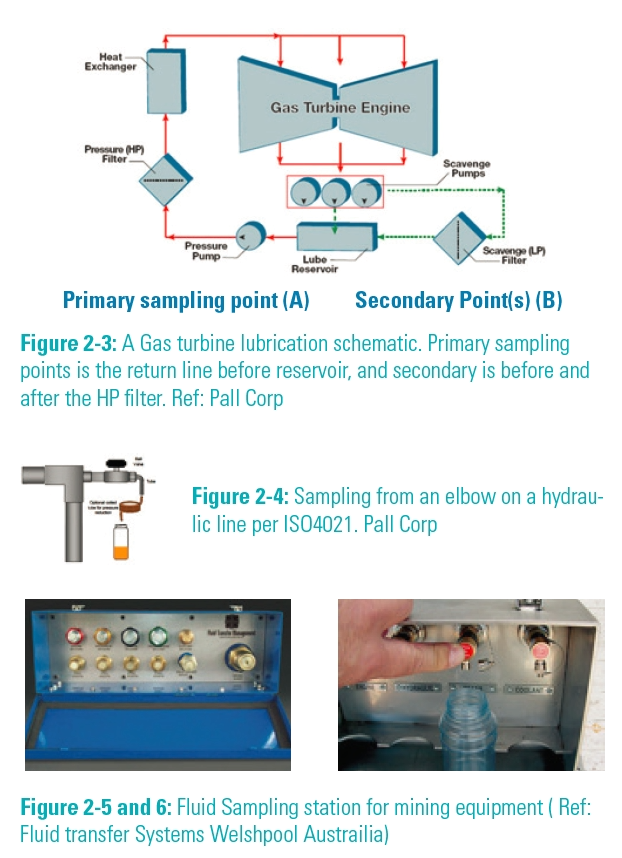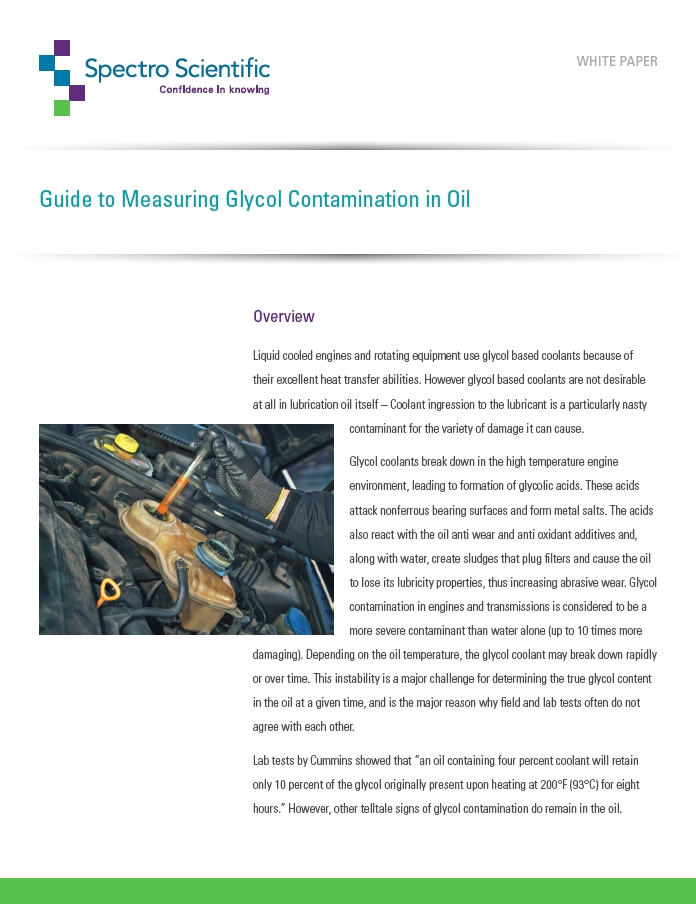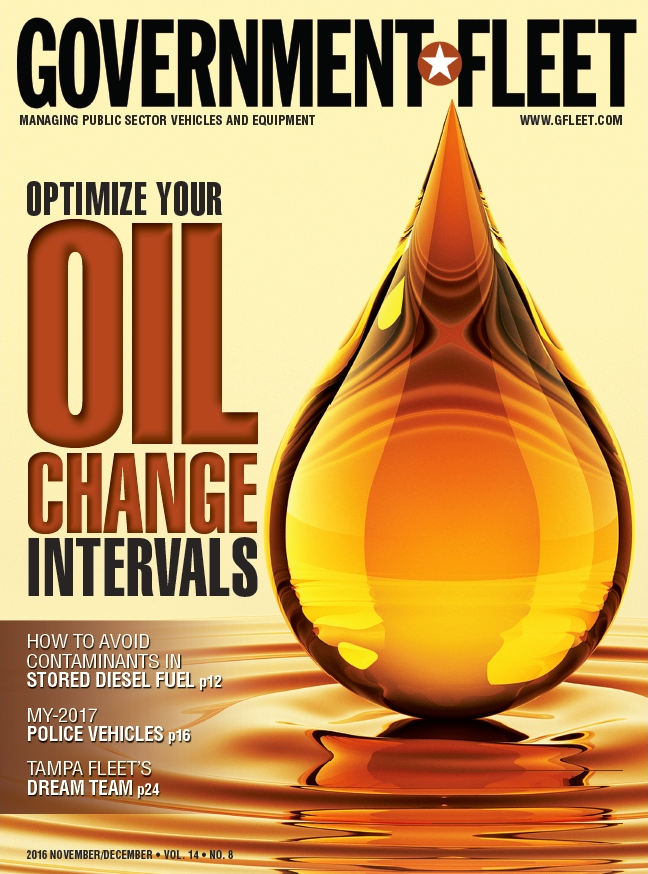A Major Municipal Laboratory's analysts regularly perform Fats, Oil and Grease (FOG) measurements on wastewater samples from various industrial plants and apartment buildings. In the past, these measurements were all performed with Environmental Protection Agency (EPA) Method 1664B, which requires about 20 minutes of handling time per sample and 24 hours total to produce results.
Augustus Kaskons
Recent Posts
A Major Municipal Laboratory Reduces FOG Measurement Time from 24 Hours to 10 Minutes with Infrared Analysis
Topics: Industrial
Naval Sealift Ship Puts Accuracy to the Test
(This is an excerpt from a published article in the April 2013 issue of "Lubes 'N' Greases" magazine)
The United States Naval Ship (USNS) Watson is one of the largest, medium-speed, roll-on, roll-off ships that have significantly expanded the nation’s sealift capacity. The Watson has a considerable amount of machinery, including main engines, generators, and cranes, that require oil testing on a regular basis to detect potential problems and eliminate the possibility of a catastrophic failure. The Watson operated by, Ocean Shipholdings Inc., is under contract to the Military Sealift Command. The Watson previously used oil test kits but found them time-consuming. Its engineers questioned the kits’ accuracy as well.
Topics: Industrial
Water in Oil Analysis for Industrial and Turbine Oils with FluidScan
Water contamination in turbine and other industrial oils can be a very serious issue and water testing is always a part of any lubricant condition monitoring program. Turbine oils typically are formulated to have high thermal stability, oxidation resistance, and excellent water separation. Lubricants available specifically for gas turbines or steam turbines are designed with specific additive formulations, but there are also many oils that can work with all different types of turbines. Gas turbines have the tendency to build up sludge and varnish whereas steam turbines may experience oxidation, foaming, and sludge. However, a concern of all turbine systems is water contamination. Severe water contamination can cause changes in the oil’s viscosity, accelerated oxidation, additive depletion, and decreased bearing life. Turbine manufacturers typically recommend a warning alarm limit of <1000 ppm.
Bottles
Sampling bottles come in many shapes and sizes. 120 ml (4 oz) HDPE (opaque) bottles have been the most common sampling bottle for many years. Many suppliers now provide clear PET, or PS bottles for oil sampling so end users can readily see debris or water in the sample, forcing a resample before sending it over to the testing area, or outside service provider.
Obtaining a representative oil sample from a closed loop lubrication system is essential to any good oil analysis program. As oil analysis programs become more standardized for routine monitoring, especially within equipment warranty support programs, equipment makers provide more sampling points on new equipment. These access sampling points make it easier for operators to quickly and easily take representative oil samples.
Automated Oil Particle Analysis Helps Prevent Gearbox Failures
The major issue for premature failure in wind turbine gearboxes is bearing failure, which leads to gearbox failure. A wind turbine gearbox will not survive if the oil is not clean and especially if the hard ferrous particles are not removed from around the bearings.
There are 5 common tests for glycol in engine oil. These include:
- IR Spectroscopy
- Atomic Emission Spectroscopy
- Blotter Test
- Schiffer's Reagent Method
- Gas Chromatography
Liquid cooled engines and rotating equipment use glycol based coolants because of their excellent heat transfer abilities. However, glycol based coolants are not desirable at all in lubrication oil itself – Coolant ingression to the lubricant is a particularly nasty contaminant for the variety of damage it can cause. Glycol coolants break down in the high temperature engine environment, leading to formation of glycolic acids. These acids attack nonferrous bearing surfaces and form metal salts. The acids also react with the oil anti wear and anti oxidant additives and, along with water, create sludges that plug filters and cause the oil to lose its lubricity properties, thus increasing abrasive wear. Glycol contamination in engines and transmissions is considered to be a more severe contaminant than water alone (up to 10 times more damaging). Depending on the oil temperature, the glycol coolant may break down rapidly, or over time. This instability is a major challenge for determining the true glycol content in the oil at a given time, and is the major reason why field and lab tests often do not agree with each other.
Topics: Fleets
The Monitor
In this edition of The Monitor newsletter, we explore on-site oil analysis from several angles, including customer case studies, product highlights, and new educational materials.
See what’s new and exciting in the world of oil analysis.
On-site oil analysis pays off for fleet maintenance
Fleets use on-site oil analysis to reduce downtime and save money. This article highlights several different fleets including a municipal utilities fleet, a sheriff's fleet, a sanitation fleet and a city fleet, and how oil analysis benefits their maintenance activities. One of the biggest costs for the municipal utilities fleet was the labor cost associated with performing the oil changes. Safely extending oil change intervals saved them enough money to pay off the cost of the on-site oil analysis equipment in two years.
For the sheriff's fleet, the biggest cost was the cost of having law enforcement officers not out on the road doing their jobs. Bringing a vehicle in for an oil change often required paying officers overtime and took away from their more important activities. Extending oil change intervals saved on this cost.
Spectro Scientific's Third Edition Of The Oil Analysis Handbook
It has been over two years since the publication of the first edition of Spectro Scientific’s In-Service Oil Analysis Handbook. Our goal was to compile a comprehensive reference book of common in-service oil analysis techniques to help readers understand and choose the right technique and instrumentation for their needs.


